Description
Genus: Boletus
Species: vermiculosoides
Common Name: “Brown Pored Bolete”
Tells: Dark brown or red-brown pores pale w/age & bruise a blackish blue that slowly fades to brownish orange. Pungent odor. Often buggy. Likes oak.
Other Information: Babies have a yellow cap that ages to brown before fading toward tan when older. Yellow cap flesh pales w/age, quickly stains blue, & may taste astringent. White/yellow stem often has a brownish powder. Stem bruises blue before shifting to dark brown. Boletus vermiculosus is all but indistinguishable without a microscope, but is supposed to have a darker brown cap when mature, more brown in the stem, and there is no note that the pore-staining fades in color over time (which doesn’t say that it won’t, of course).
Science Notes: Several well respected experts have suggested that B. vermiculosus and B. vermiculosoides may end up getting merged. Whether that’s true will depend on the ongoing effort to gather and test the DNA on more specimens.
Edibility: Still considered “unknown”, though one of the well respected authors of Boletes of Eastern North America reports having eaten and enjoyed the mushroom several times. Your author has eaten it too but considers it unremarkable.
CHEMICAL TESTS:
- NH4OH (Ammonia): Cap skin turns mahogany-red to dark brown. Blue-stained cap flesh turns yellow-orange to deep yellow, and then white.
- KOH: Cap skin turns mahogany-red to dark brown. Blue-stained cap flesh turns yellow-orange to deep yellow, and then white.
- FeSO4 (Iron Salts): Cap skin turns olive. Blue-stained cap flesh may sometimes turn pale yellow.
Links:
 |
0 |  |
293 |  |
169 |  |
167 |

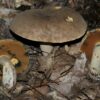
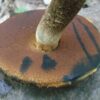
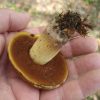
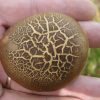
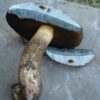
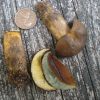
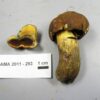
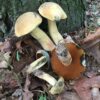
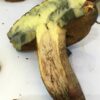
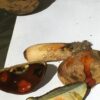
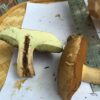
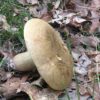

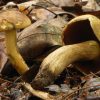
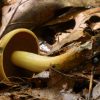
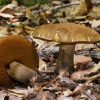
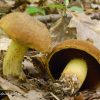
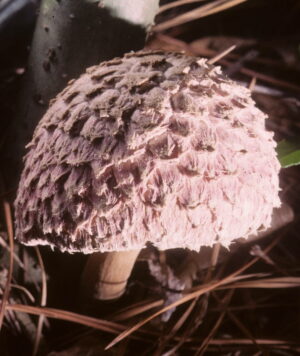
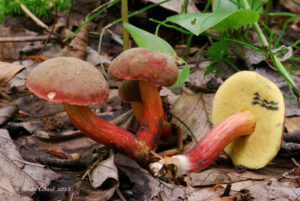
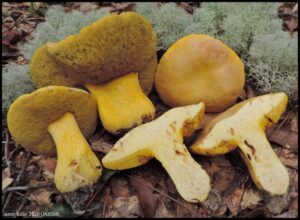
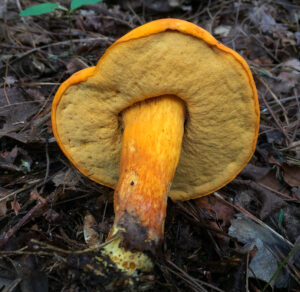
Got something to discuss?